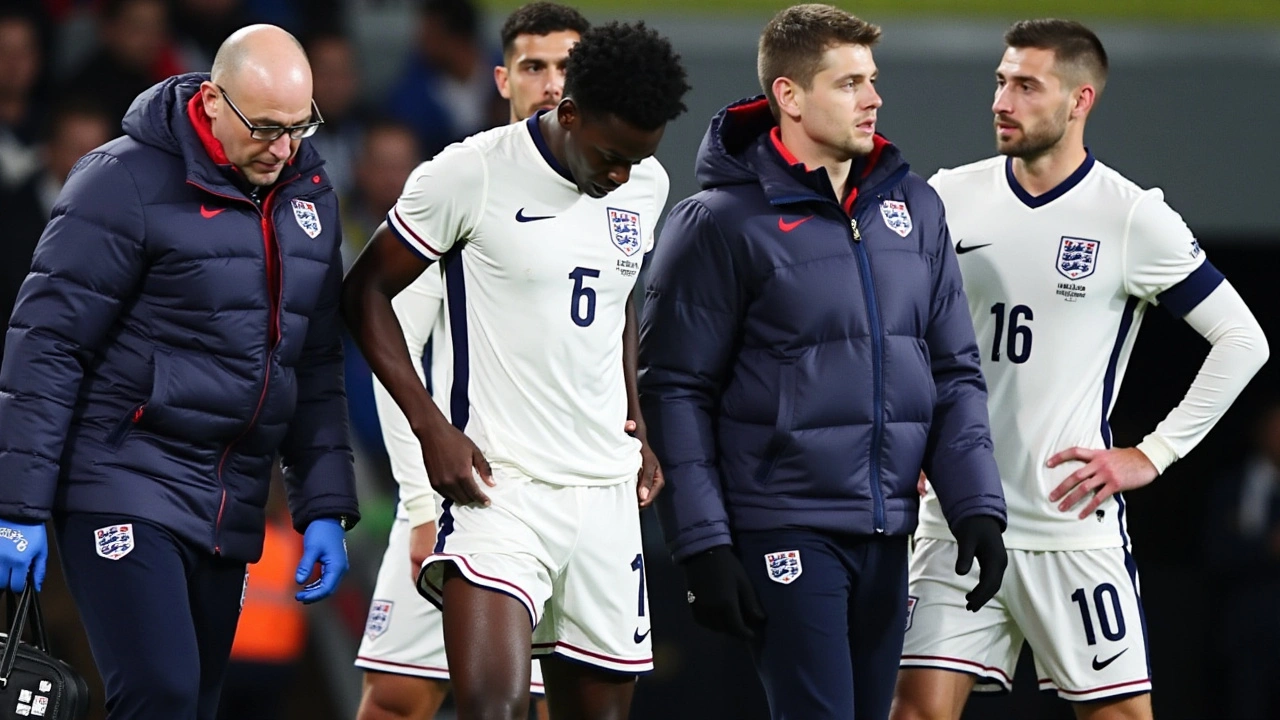Muscle Injury: What Happens, How to React, and Ways to Stay Safe
Got a sore, tight, or painful muscle after a workout or a match? That’s a muscle injury, and it’s more common than you think. Whether you’re a pro athlete or just jog around the block, knowing what’s going on inside the muscle can help you act fast and avoid bigger problems.
Muscle injuries range from tiny tears that cause mild soreness to larger ruptures that need weeks of rehab. The most frequent types are strains (when fibers stretch too far) and contusions (when a hard hit bruises the tissue). You’ll feel tenderness, swelling, or a sudden “pop” if it’s serious. If you can’t walk or use the muscle normally, call a health professional right away.
First‑Aid Steps You Can Take Right Now
The fastest way to limit damage is the R.I.C.E. method: Rest, Ice, Compression, and Elevation. Stop using the injured area for at least 24–48 hours, then apply an ice pack for 15 minutes every couple of hours. A snug bandage can keep swelling down, but don’t wrap it so tight that blood flow stops. Raising the limb above heart level also helps fluid drain away.
While you’re resting, avoid heat, massage, or vigorous stretching because they can make a fresh tear worse. Over‑the‑counter pain relievers like ibuprofen work for mild aches, but follow the label and don’t rely on them long term.
Recovery Tips to Get You Back in Action
Once pain eases, gentle movement is key. Light range‑of‑motion exercises keep blood flowing and prevent stiffness. Think of slow calf raises or arm circles—no heavy weights yet. After a few days, add low‑impact activities such as swimming or cycling to build strength without stressing the muscle.
Physiotherapy can speed up healing. A therapist will guide you through targeted stretches, strengthening drills, and techniques like ultrasound that improve tissue repair. Stick to the program even if you feel better; quitting too early often leads to re‑injury.
Nutrition matters too. Protein supports muscle rebuilding, while vitamin C and zinc help reduce inflammation. Stay hydrated and aim for balanced meals with lean meat, beans, nuts, fruits, and veggies.
This tag gathers the latest articles about muscle injuries—from sports incidents to medical breakthroughs. Check back often for fresh stories, expert interviews, and new rehab tools that can make your recovery smoother.
Preventing future injuries is all about preparation. Warm up with dynamic moves (leg swings, arm circles) before any intense activity, and cool down with static stretches after you finish. Strengthen supporting muscles, maintain good posture, and listen to your body—if something hurts, back off before it becomes a bigger issue.
Whether you’re dealing with a fresh strain or just want to stay injury‑free, the right knowledge and quick actions make all the difference. Keep these steps handy, follow reliable sources, and you’ll be ready for the next game or workout without missing a beat.

Bukayo Saka Suffers Muscle Injury During UEFA Nations League Match Against Greece
Oct 12, 2024 / 14 Comments
Bukayo Saka, a key player for Arsenal and the England national team, sustained a muscle injury in a Nations League match against Greece. The injury occurred during the second half, forcing Saka to leave the game for medical treatment. This has sparked concern among Arsenal supporters, who fear the impact on the team's performance in upcoming fixtures due to Saka's vital contribution on the field.
READ MORERECENT POSTS
- Doncic and Irving Propel Mavericks to Thrilling 108-105 Victory Over Timberwolves in West Finals Game 1
- FC Barcelona vs Manchester City: Preseason Friendly Clash in Orlando Set to Thrill Fans
- Lamine Yamal Shatters Pele’s Long-Standing Record in Spain’s Euro 2024 Triumph
- Spice Up Your Heritage Day Braai with Sheba Sauce
- Wallabies Triumph Over Wales in Thrilling Summer Rugby International Test
